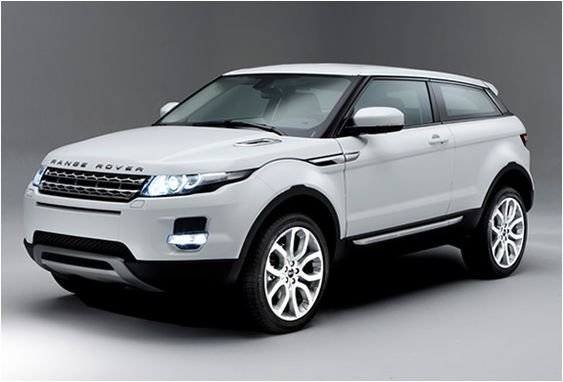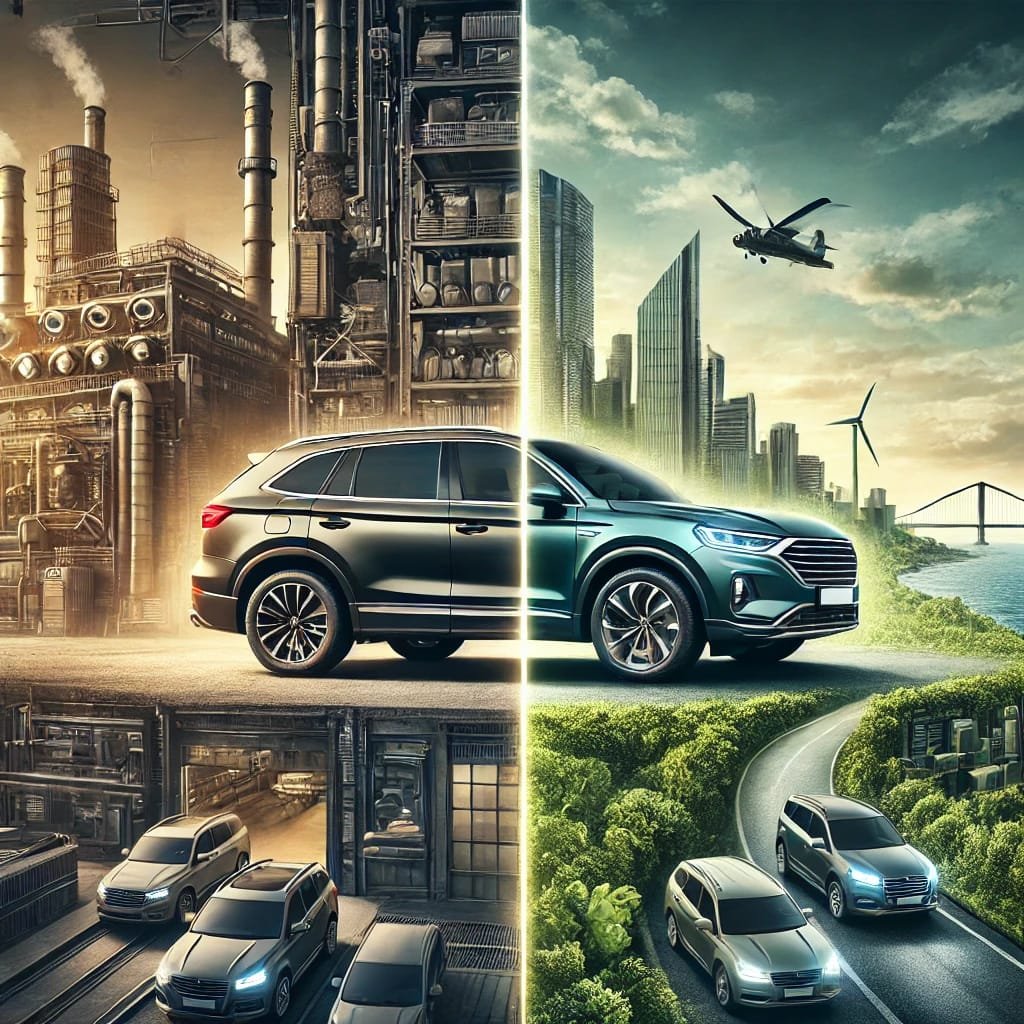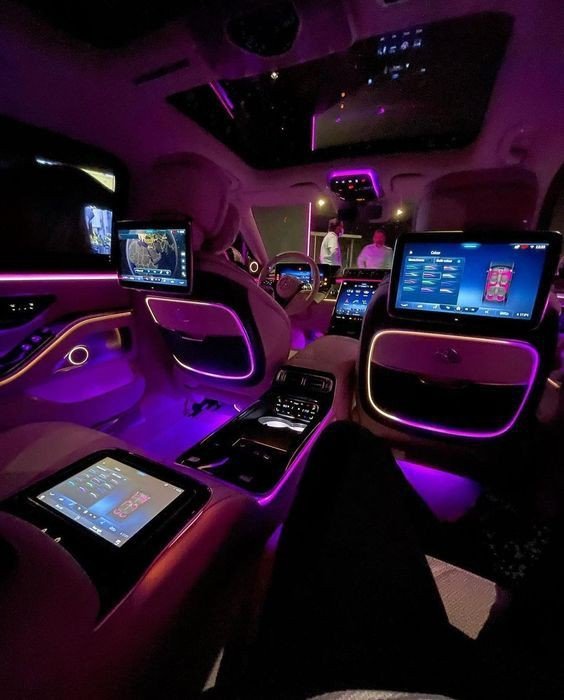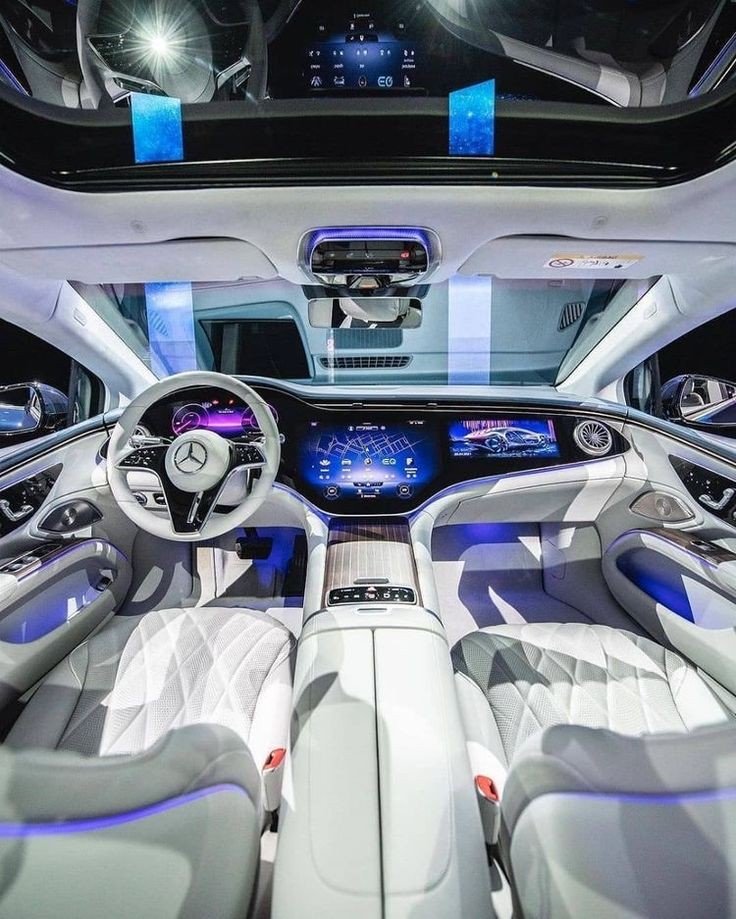
Urban mobility has always been a focal point of innovation and development, with cities worldwide grappling with issues such as traffic congestion, pollution, and inadequate public transport. In the quest for efficient solutions, the concept of flying cars has emerged from the realm of science fiction to reality. With rapid advancements in technology, flying cars—often referred to as electric vertical takeoff and landing (eVTOL) vehicles—are poised to revolutionize how we move within urban environments. This article delves into the potential impact of flying cars on urban mobility, exploring their advantages, challenges, and the future of city transportation.
The Rise of Flying Cars: A New Era of Urban Transport
Flying cars, which combine elements of automobiles and aircraft, are designed to alleviate some of the significant challenges faced by modern urban transport systems. These vehicles are expected to be electric, autonomous, and capable of vertical takeoff and landing, making them suitable for crowded cities with limited space for traditional runways.
Over the past few years, numerous companies and startups have invested heavily in developing eVTOL technology. Major players like Uber Elevate (now part of Joby Aviation), Airbus, Boeing, and several innovative startups are working towards making flying cars a viable mode of transport. Governments and regulatory bodies worldwide are also beginning to draft guidelines and frameworks to accommodate this futuristic transportation method.
Advantages of Flying Cars in Urban Mobility
- Reduced Traffic Congestion
One of the most significant potential benefits of flying cars is the reduction of traffic congestion. Urban areas are plagued by gridlock, resulting in lost time, reduced productivity, and increased stress levels for commuters. By shifting some of the ground traffic to the air, flying cars could dramatically decrease road congestion. This could lead to smoother traffic flow, reduced travel times, and a more efficient use of urban space.
- Faster and More Efficient Travel
Flying cars can offer faster travel times by avoiding ground-level traffic obstacles. For instance, a typical trip that would take an hour by car due to traffic could potentially be reduced to minutes with a flying vehicle. This could be particularly beneficial for emergency services, such as ambulances or firefighting units, which require quick access to different parts of a city.
- Enhanced Accessibility
Flying cars could improve urban mobility by enhancing accessibility to hard-to-reach locations. In many cities, certain areas are poorly connected by public transport, making it challenging for residents to access essential services. Flying cars could bridge this gap by providing a direct route to underserved areas, thereby promoting inclusivity and economic development.
- Reduced Environmental Impact
While the environmental impact of flying cars depends heavily on their design and energy source, many developers are focusing on electric propulsion systems, which offer a cleaner alternative to traditional gasoline-powered vehicles. The reduction of road traffic also means fewer emissions from idling cars, contributing to lower pollution levels in urban areas.
- Revolutionizing Public Transport
Flying cars have the potential to transform public transport by integrating with existing systems. They could serve as an alternative to buses, taxis, and ride-sharing services, especially for longer trips or routes with limited ground transportation options. This could lead to more diversified and flexible urban transport networks, reducing dependency on any single mode of transport.
Challenges Facing the Adoption of Flying Cars
- Safety Concerns
Safety is a paramount concern for the widespread adoption of flying cars. Airborne vehicles will require robust safety measures, including reliable navigation systems, fail-safe mechanisms, and protocols to handle mid-air collisions or emergencies. Additionally, urban airspace is already congested with commercial planes, helicopters, and drones, necessitating careful planning to prevent accidents.
- Regulatory Hurdles
The introduction of flying cars into urban environments presents a host of regulatory challenges. Air traffic control systems will need to be adapted or completely overhauled to manage a new layer of low-altitude air traffic. Regulatory bodies must establish new guidelines for licensing, pilot training, airspace management, and vehicle certification, which can be a lengthy and complex process.
- Infrastructure Requirements
For flying cars to become a viable mode of urban transport, significant infrastructure investment will be required. Cities will need to develop and install vertiports (vertical takeoff and landing stations), charging stations, and maintenance facilities. Additionally, existing urban layouts may need to be modified to accommodate new flight paths and ensure safety.
- High Costs
Currently, the cost of developing and maintaining flying cars is extremely high, making them accessible only to a limited segment of the population. For flying cars to have a meaningful impact on urban mobility, they need to be affordable and accessible to a broad user base, which requires technological advancements and cost reductions over time.
- Public Acceptance and Trust
For flying cars to become a common sight in urban airspace, the public must be willing to accept and trust this new mode of transportation. Concerns about safety, noise pollution, privacy, and the visual impact on cityscapes could hinder public acceptance. Moreover, people might be reluctant to adopt a technology perceived as experimental or untested.
The Future of Urban Mobility with Flying Cars
- Urban Planning and Smart Cities
The integration of flying cars into urban mobility will require reimagining how cities are planned and developed. Future urban planning could involve designing cities with dedicated air lanes, vertiports on high-rise buildings, and more decentralized infrastructure to support this new mode of transport. Smart cities, equipped with advanced digital infrastructure, will be best positioned to adapt to these changes and manage the complex data systems required for flying car operations.
- Autonomous Flying Cars
Autonomous technology is expected to play a crucial role in the evolution of flying cars. Fully autonomous flying cars could eliminate the need for a pilot, making them more accessible to the general public and reducing the costs associated with training and licensing. Autonomous flying cars would also be able to communicate with each other and air traffic control systems, optimizing flight paths and minimizing the risk of accidents.
- Integration with Existing Transport Systems
For flying cars to succeed, they must be integrated seamlessly with existing transport systems. Multimodal transportation hubs could provide a platform for passengers to switch between flying cars, buses, trains, and other forms of transportation. This would create a cohesive urban transport network, offering more flexibility and choice for commuters.
- New Business Models and Economic Opportunities
The emergence of flying cars could give rise to new business models and economic opportunities. For example, ride-sharing services could expand to include flying cars, offering premium services for faster and more convenient urban travel. Additionally, the demand for flying cars could spur growth in industries such as aerospace, telecommunications, software development, and urban infrastructure.
- Sustainable Urban Mobility
Sustainability will be a critical factor in the success of flying cars. As cities around the world commit to reducing carbon emissions and promoting green energy, flying car manufacturers must ensure their vehicles contribute to these goals. This could involve developing battery technologies with higher energy densities, lightweight materials, and efficient aerodynamics to minimize energy consumption.
Potential Drawbacks and Considerations
- Noise Pollution
While flying cars could reduce road congestion, they may contribute to noise pollution. eVTOL vehicles, especially in large numbers, could produce significant noise levels, disturbing residents and potentially leading to resistance from local communities. Engineers and manufacturers will need to design quieter propulsion systems to mitigate this issue.
- Air Traffic Management
Managing an increased volume of low-altitude air traffic will be a complex task. Traditional air traffic control systems may not be equipped to handle a significant number of flying cars, necessitating the development of new technologies and methods, such as automated traffic management systems, to ensure safety and efficiency.
- Environmental Impact of Infrastructure Development
The infrastructure required to support flying cars, such as vertiports and charging stations, could have an environmental impact. Building new facilities and retrofitting existing ones may require substantial resources and land, potentially leading to habitat destruction or increased urban sprawl.
- Energy Consumption and Sustainability
While flying cars are often touted as a green alternative to traditional cars, their overall environmental footprint will depend on various factors, including their energy source and usage patterns. If flying cars rely on non-renewable energy, they may contribute to greenhouse gas emissions and negate some of the environmental benefits they promise.
Conclusion
Flying cars have the potential to revolutionize urban mobility by offering faster, more efficient, and flexible transportation options. However, their widespread adoption comes with significant challenges, including safety concerns, regulatory hurdles, high costs, and public acceptance issues. To realize the full potential of flying cars, cities will need to invest in new infrastructure, embrace innovative urban planning, and promote sustainable practices.
As technology continues to advance, flying cars may soon transition from a futuristic dream to a practical solution for urban transportation. The impact of flying cars on urban mobility will depend largely on how well these challenges are addressed and how quickly society adapts to this new paradigm. Ultimately, the future of urban transport could be one where the skies become as much a part of our daily commute as the roads are today.








